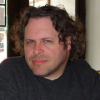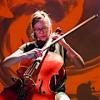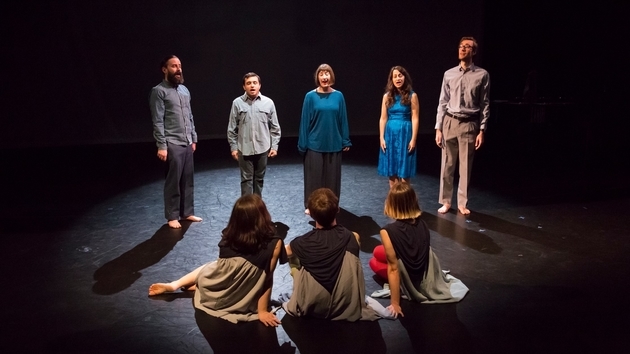
The final concert of Sound and Fury’s fifth season seemed important to hear because of the sheer number of composers listed on the program (10!). The first half of the concert was a set performed by Redlands’ wind trio Phaze, and the second by vocal sextet HEX, headed by singer and composer Fahad Siadat. It was a good opportunity to shake the bushes for musicians I hadn’t heard before, made doubly exciting because all the composers were local to Southern California.
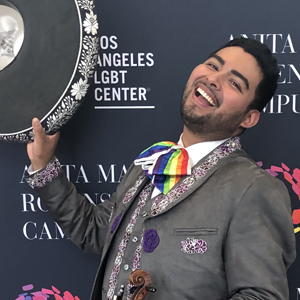
I wasn’t expecting to love everything and I did not love everything. I was put off by a general conservatism in the style of many of the works. Despite this, I left happy, especially after great performances of promising works by two younger composers out of CalArts, Evan Johnson and Allán F. Vasquez-Lopez.
The wind trio Phaze — Gerardo Lopez on flute, Matthew Dearie on clarinet, and Manuel Perez on tenor and alto sax — opened with an incredibly blended improvisation. It was my favorite of the pieces they played, one of those rare wind instrument performances where breath is a feature and not an obstacle. I had no sense that they were improvising, but in retrospect I could hear it: the licks that glowed with personal expression, the organic swells and retreats of activity. Phaze has blending power in tone and sensibility, and their sound was best suited to those works that were improvisatory in some aspect.
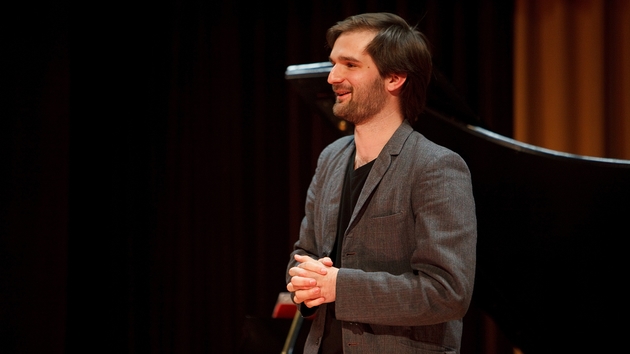
Damjan Rakonjac’s Three Images played to this strength. Taking inspiration from Debussy’s Les Chansons de Bilitis, Rakonjac arranged pitches and gestures from the original Debussy to be performed at will along with the recitation of the Pierre Louÿs poems from Bilitis. Calm and sensual, the trio floated their notes in and around each other, creating a French mist that Debussy would have approved of. While I wanted more difference between the three movements, Rakonjac’s approach to interacting with the Debussy and Phaze shows a care on his part for both concept and reality. It was rewarding, and easy to take in.
All of the works performed by HEX were beautiful. It’s hard to avoid beauty with the clarity/sanctity of a capella voices, especially these ones. In particular, vocal artists Laurel Irene and Molly Pease highlighted each piece with their mix, always popping through the deep texture of the low end. My Brilliant Image, a setting of Hafiz by San Diego composer Jasper Sussman, managed to range in dynamic between the sun and the moon and still feel like a perfect, brief whole. Beyond that, the piece felt like the best fitting complement to this group of voices.
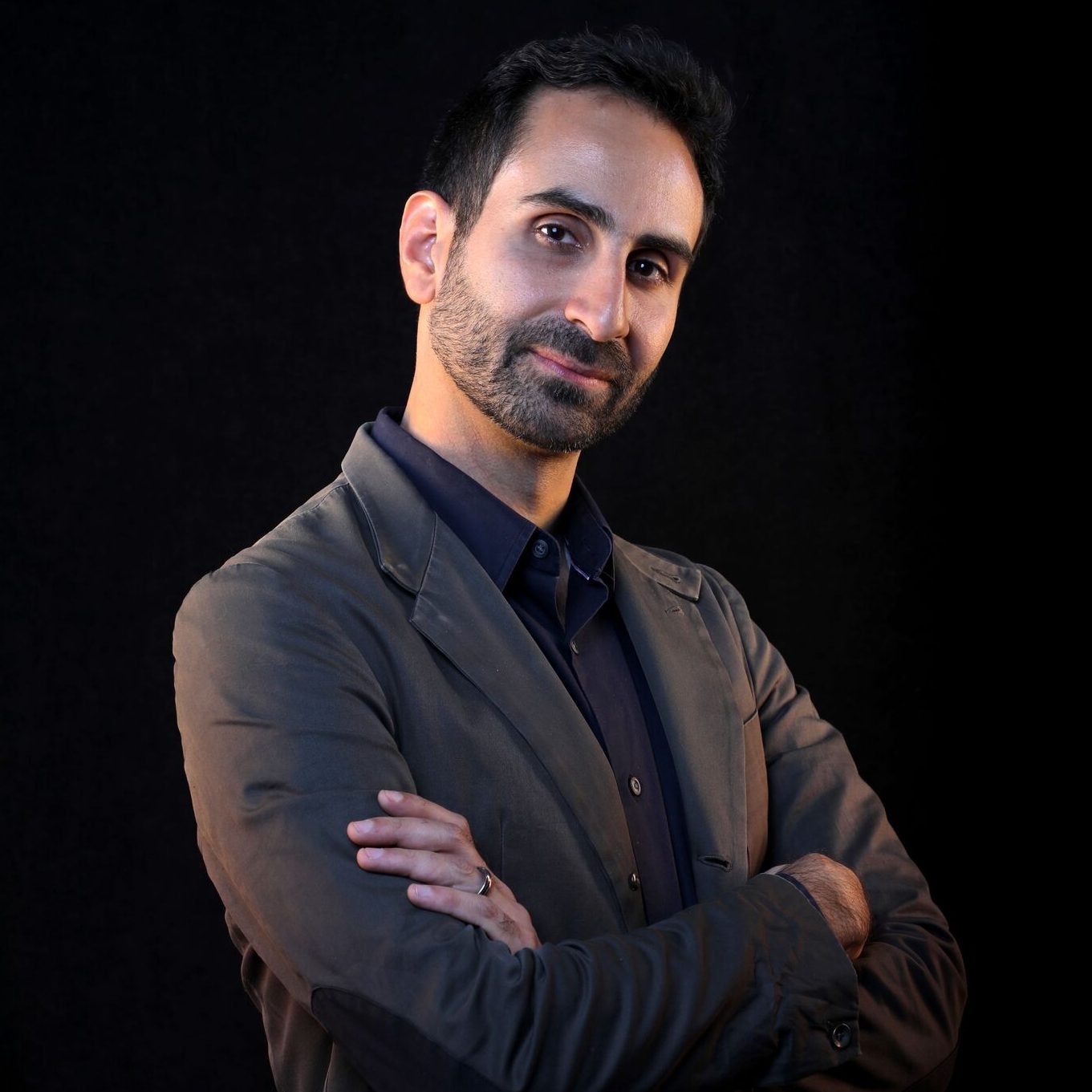
Saunder Choi, one of HEX’s singers (many of them are both composers and singers), presented a dramatic setting of Emma Lazarus’s poem “The New Colossus,” which adorns the Statue of Liberty. It felt fresh and earnest, despite the ubiquity of the text. It’s hard to tarnish soaring settings of the word “freedom.” Here, Choi’s setting radiated concern and urgency. The singers stuttered through the text at times, giving an odd, desperate tinge to the line “Give me your tired, your poor.” At first it did not make sense, but soon it seemed to reflect both the desperation of migrants on a boat, and those waiting on shore, concerned for their safe docking.
Evan Johnson, with his piece The Einstein Complex, and Allán F. Vasquez-Lopez, with their Vocal Patterns, added a much-needed element of experimentation to the program. Though both pieces were distinct in style, purpose, and influence, they both felt like they were trying things on for size. There was recklessness — Johnson introducing the funny interruptive syllable “BA” early on, only to reveal it as the beginning of the horrifying word “bomb,” and Vasquez-Lopez curating theatrical jams of vocal techniques a-la Meredith Monk — either of which could have fallen flat or have been read completely wrong. These risks paid off, and I’m so glad I got to be around for it.


